
How to Increase Your Ecommerce Conversion Rate - 15 Strategies
As shopping online becomes a more popular way to shop, standing out from the competition becomes more of a challenge. It’s no longer enough to price competitively or offer a wider range of products, you have to provide an outstanding customer experience. There are many ways to go about this, with some of the most important strategies centred around Conversion Rate Optimisation (CRO).
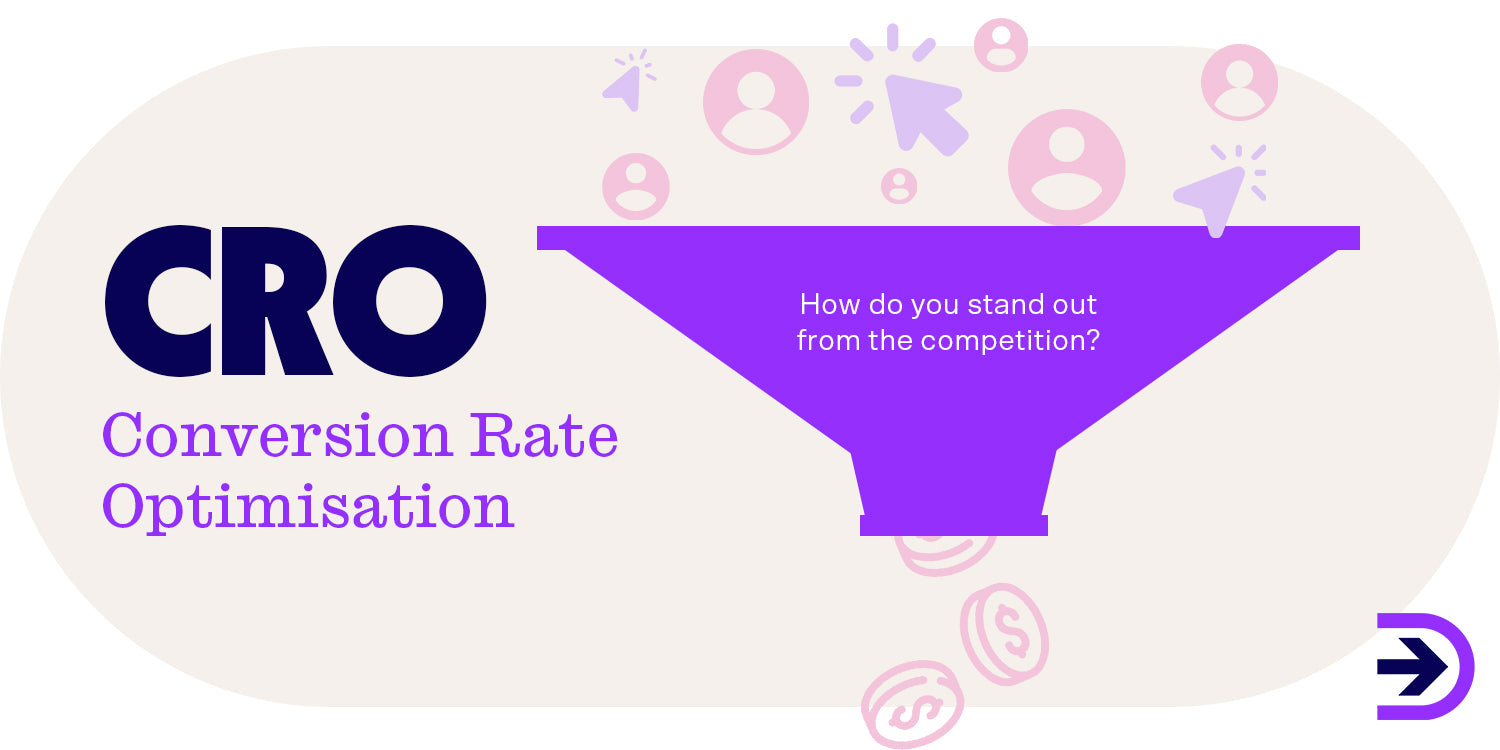
Dropshipzone provides you with everything you need to start your own dropshipping business. Now, we’ve put together a list of strategies to help your dropshipping business thrive by turning web visitors into loyal customers.
What are ecommerce conversion rates?
Ecommerce conversion rates is your number of total customer conversions (how many people became customers by achieving your desired goal) divided by the total number of visitors (to your store/website/social media page/exhibition stall).
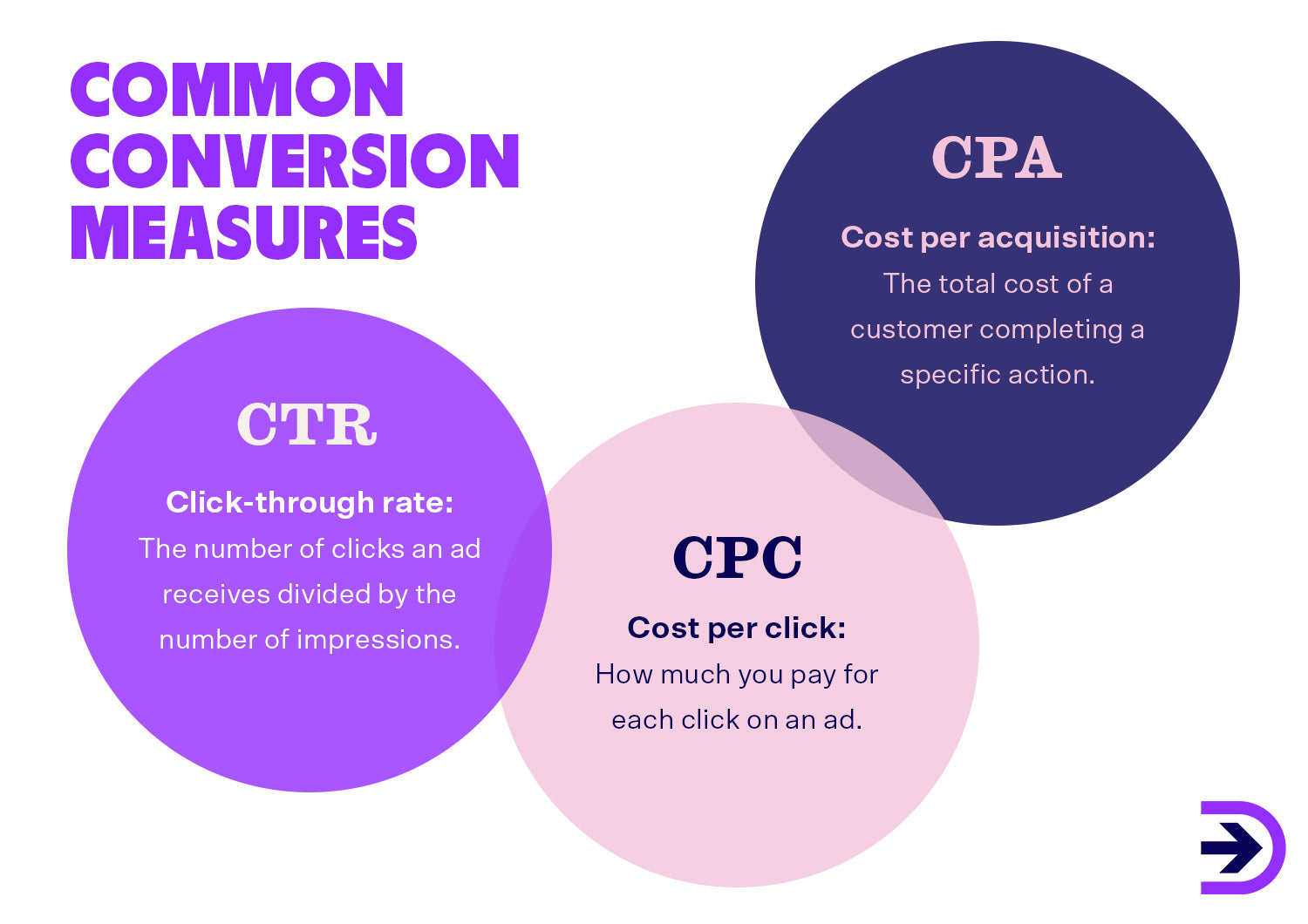
In terms of your ecommerce business, the conversion rate is the percentage of customers that visit your website and complete a desired goal. Your site traffic “converts” into something meaningful that grows the business. These goals can be anything from making sales to generating new business leads. Common measures of conversion include:
Click-through rate (CTR): The number of clicks an ad receives divided by the number of impressions (people who were exposed to the ad).
Cost per click (CPC): How much you pay for each click on an ad.
Cost per acquisition (CPA): The total cost of a customer completing a specific action.
Tracking your conversion rate is an easy way to measure the performance of your websites, apps and storefronts. Improving your conversion rate will also help you get more sales with the same amount of web traffic, meaning you can divert funds that may have been used on advertising to other areas of the business.
The process of improving conversion rates is called Conversion Rate Optimisation (CRO).
Why is my ecommerce business failing to convert?
There are many reasons why an ecommerce site may be failing to raise ecommerce conversion rates.
Check your ecommerce store web design
Your website is the face of your ecommerce business, which is why it’s important to nail your web design to attract ecommerce traffic. In a time where shopping online is so competitive, you want to make sure your online store looks the part. There are many ways that you can fail to convert simply based on the state of your online store.
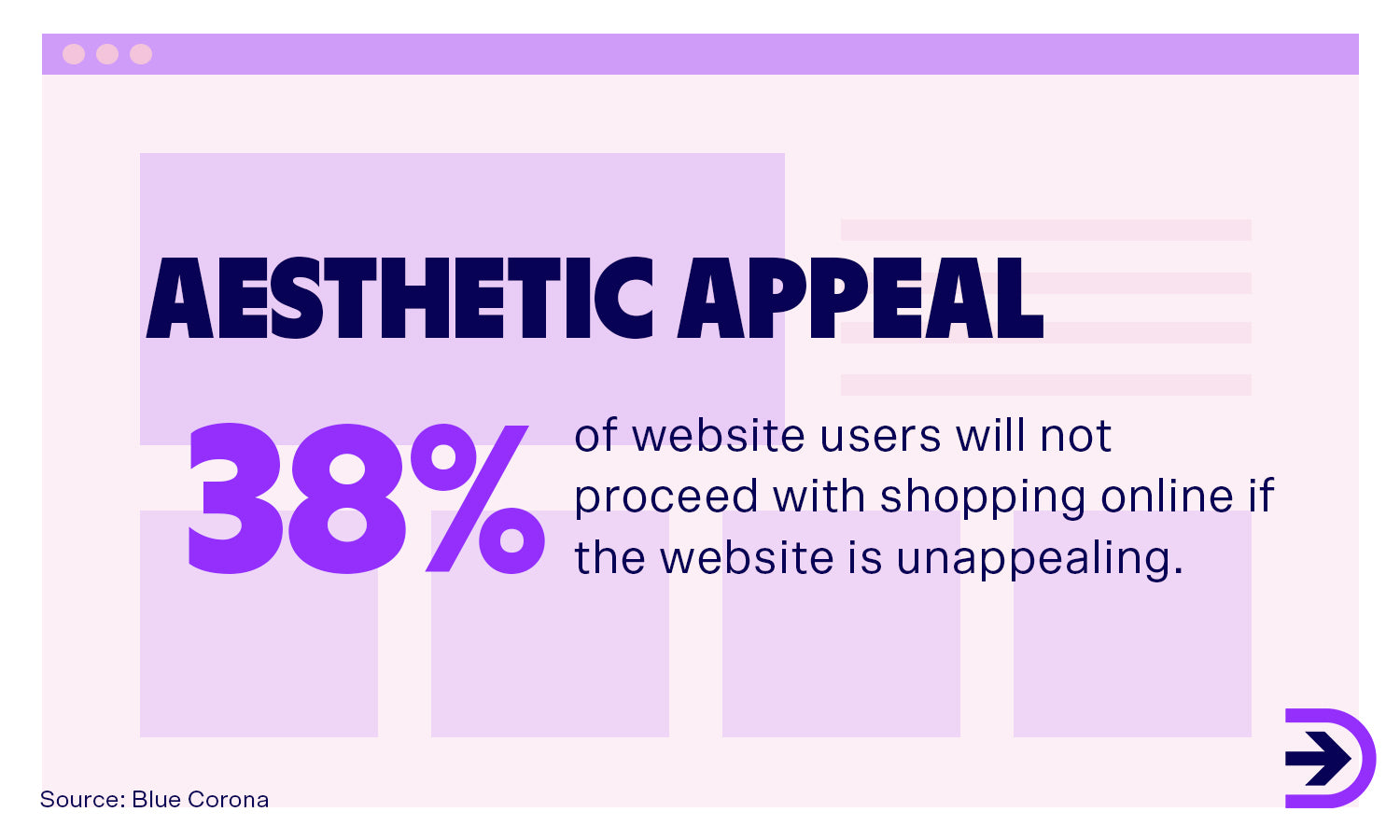
Aesthetic appeal
Now we all know that ecommerce websites need to be more than just a pretty face, but did you know attractive websites attract more site visitors? In fact 38% of website users will not proceed with shopping online if the website is not attractive or unappealing. Colours and aesthic appeal play a huge part in building customer trust with a website. A study by Blue Corona found that website design is one of the most important factors when customers decide credibility.
However, there is more success to ecommerce websites than just colour co-ordination. Your website should be consistent with your brand imaging, fonts and language used. Additionally, make sure you excite your website visitors by regularly updating the site with your latest news and products. If you want to go the extra mile, most successful ecommerce businesses keep up to date with the latest trends within the industry.
Web and mobile optimisation
Your ecommerce website might not be optimised in terms of UX design. The site should run well on both desktops and mobile devices, and it should be easy for customers with disabilities to navigate. This means taking the extra steps to fill out alt text for your site images, offering different options for displaying text, using accessible fonts, and generally making UX design choices that help all consumers navigate your store.
Site search and navigation
Another reason for why you may be failing to covert, may be that your website is confusing and hard to navigate. If a customer comes onto your website, they should immediately be able to tell where to find your products, sign up or log into their account, and find the checkout. You should consider if your website visitors can they do these things quickly and easily, or do they have to jump through hoops? Things like long survey forms, missing alt-text, intrusive pop-ups, hard-to-see text and a complicated checkout processes may all contribute to a poor conversion rate.
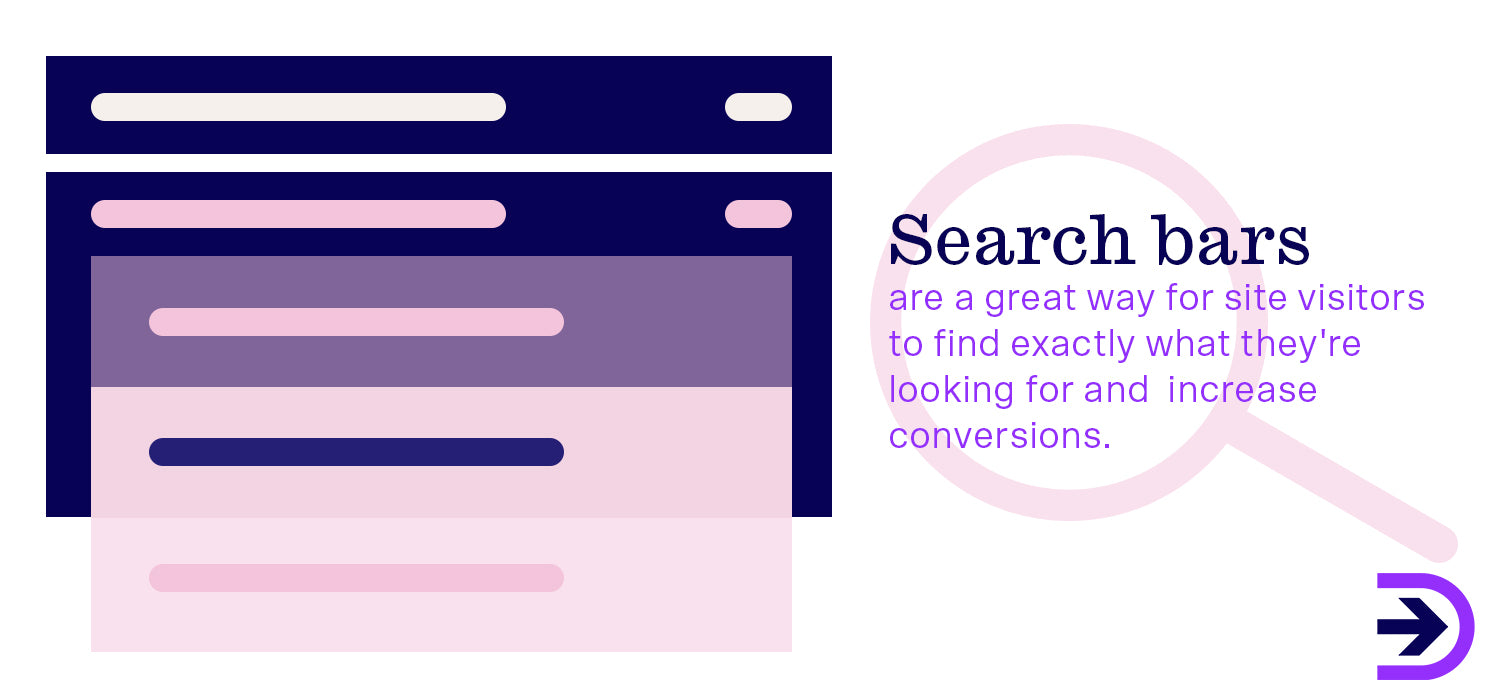
When considering the design of your online store, keep in mind the simplicity of overall site search. You should consider adding a search function such as a search bar. Search bars are a great way for site visitors to find exactly what they're looking for and may be a good way to increase conversions in retail sales. Additionally, as much as we love funky fonts and colours make sure that you pick something is easy to read. You can't improve conversion rates if your online shoppers are having a hard time reading your CTAs and product pages.
Clear purpose
For new website visitors, is it immediately clear what you sell or where you sell? Are you reaching the right target audience? Do your website and promotional materials have clear CTAs? Do customers know why they should buy your products and/or where you want them to take their clicks? When customers come to your site they should have a very clear idea of what they are there for and where you want them to go.
Technical issues
Finally, your web code may just be broken. Accidents happen with code all the time. Perhaps your shopping cart isn’t working, some of your pages aren’t being indexed or are coming back with error messages or your site speed is low. These things can be fixed through UX design, proper coding and maybe some expert help.
Mobile optimisation
Did you know that Australians spend an average of 6.8 hours a day browsing online, with 55 per cent of these web surfers saying they prefer to use their phone to do so? In a survey by Statista, 62 per cent of respondents used a smartphone to shop online in 2022. Other data has suggested that two-thirds of shoppers across the world are using their mobile phones in-store to research goods or make purchases on the spot, including using loyalty cards or coupons. All this data suggests that mobile commerce is becoming the norm, with shoppers using their phones far more than desktop computers to browse online stores, including yours.
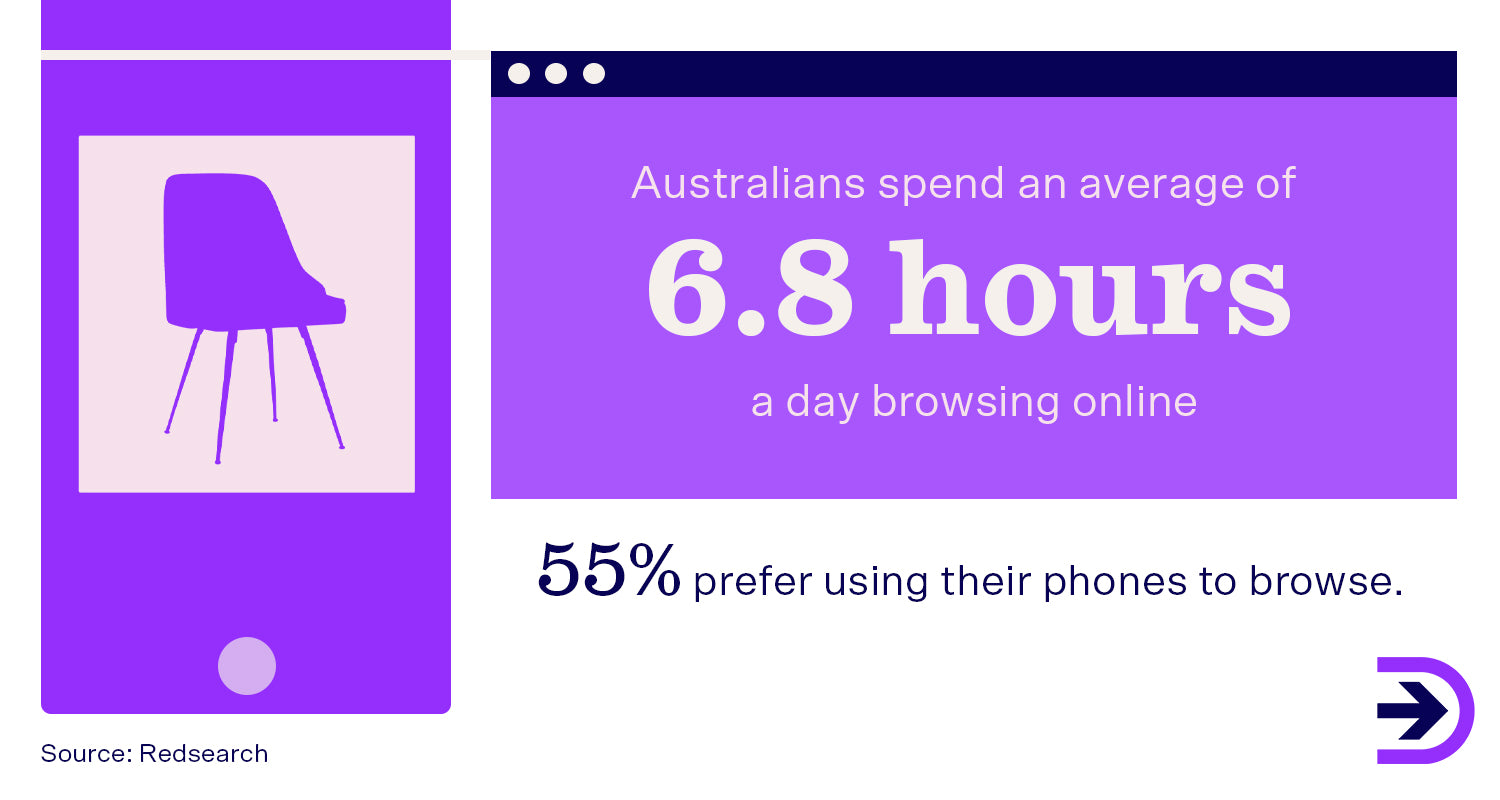
But consumers are not the only ones who prefer mobile! If you’re running your own online business, you should have a Search Engine Optimisation (SEO) strategy, and you may be familiar with something called indexing. Indexing occurs when your website is visited by a Google crawler (or Googlebot) that stores your website into the Google index - essentially, a phonebook of every web page on the internet. As of 2018, Google has prioritised mobile-first indexing, meaning that mobile sites are the first to be indexed. This is now enabled by default for all new websites.
If your website is not optimised for mobile, you may be missing out on new customers through mobile traffic from both an SEO and a UX perspective. These problems are usually related to coding, UX design and making use of structured data.
Poor customer service
As the popularity of ecommerce increases so does customer expectations. Customers want the shopping experience to be personalised, instant and responsive and are more likely to take their money elsewhere if they have a bad experience. In fact, 76 per cent of people will stop doing business with a company after just two poor customer experiences. These issues can range from issues along the supply chain to communication issues within the business.
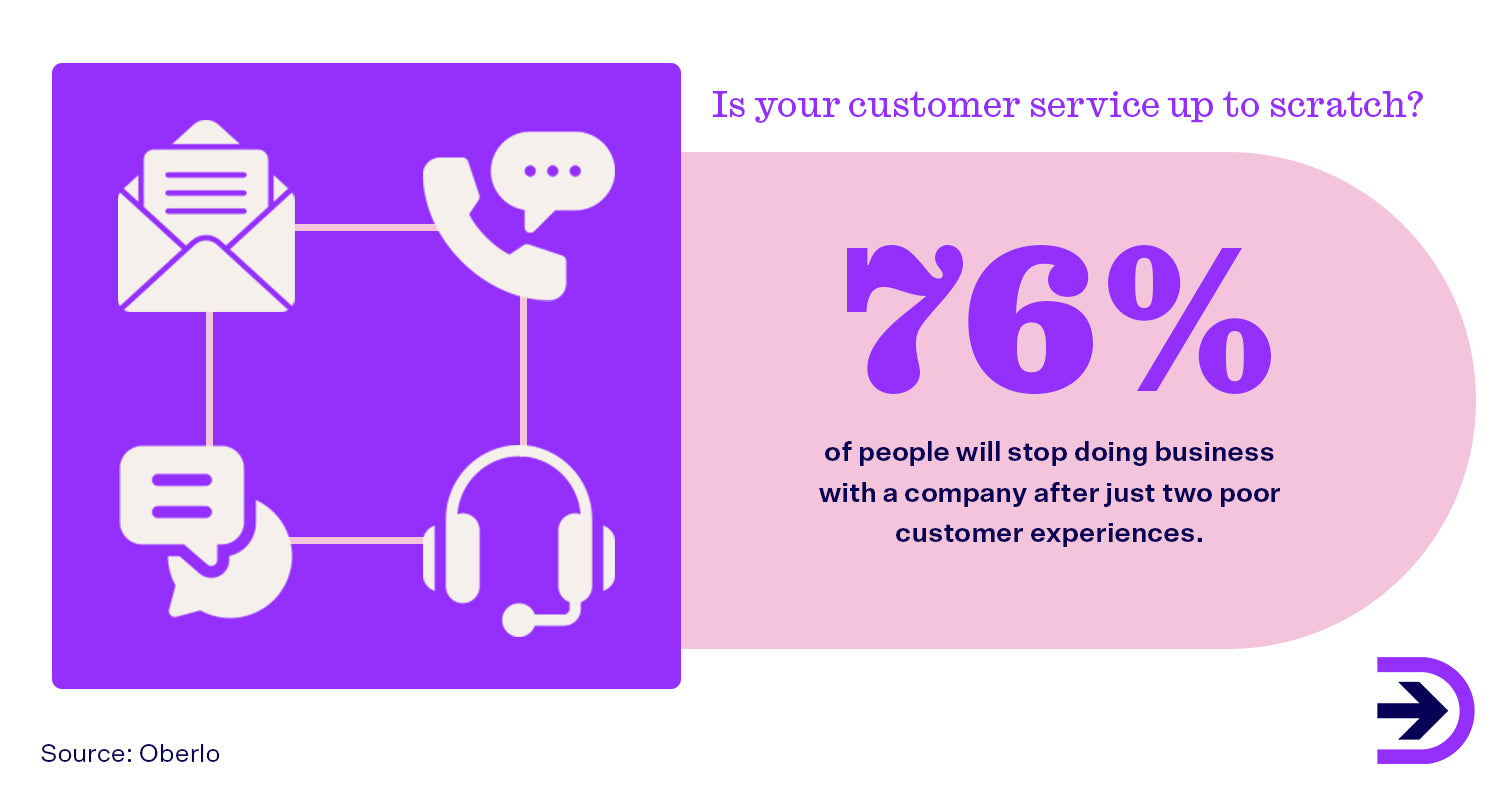
Lack of support staff training
Your live support staff are the face and voice of your business. If they are having trouble completing an inquiry or they can’t respond to enquiries in a timely manner, potential customers will have no trouble turning away, no matter how great your product or service is. Customer service representatives should not only be trained properly before being put on the phones, but training should be an ongoing process including regular updates on new products, policies, and performance management. Customers are becoming increasingly critical of what they perceive as ‘copy and paste’ answers to queries - they want to feel heard and have personalised help. The more your representatives understand about your company, products and common issues, the more helpful they will be.
Taking too long to respond
Part of expecting an instant service includes having your questions answered right away, no matter the form of communication. Research shows that customers expect a response to support emails in under six hours, but only 36 per cent of businesses manage to respond in that timeframe. Leaving customers waiting is a huge problem for big and small businesses, whether you’re overwhelmed with enquiries or you’re dealing with a lack of staff. This can be partially remedied with live chat support, FAQ pages and AI services, but these solutions may not help with complex or time-sensitive issues and they may turn away a potential customer that is not technologically savvy or who prefers human interaction.
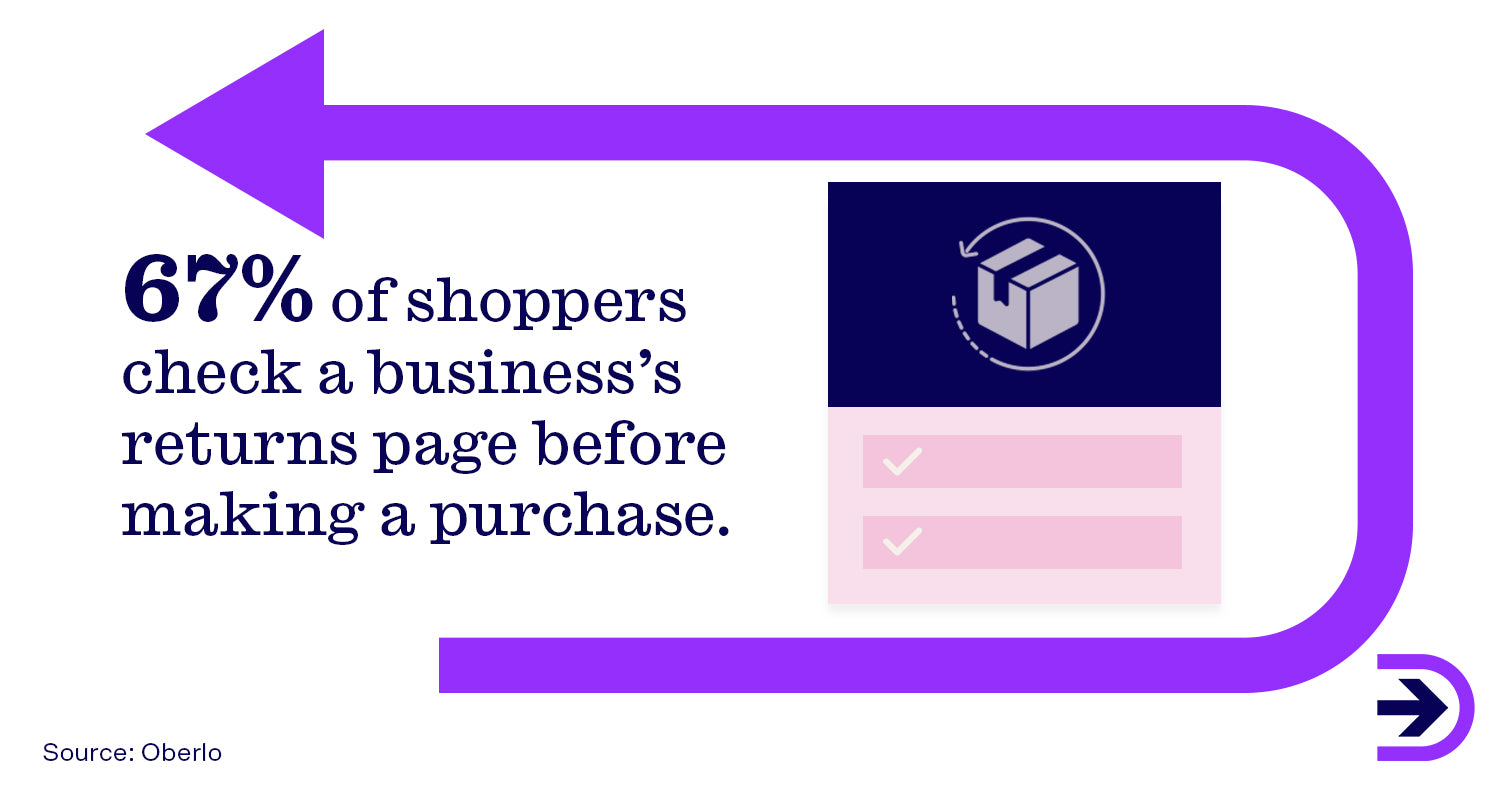
Unclear refund and returns policies
While it may feel like a hassle, returns and refunds are a necessary part of any business. Whether the customer is unsatisfied with their purchase or your product is faulty, there should be a clear returns policy in place that won’t sour your relationship. Research shows that 67 per cent of shoppers check a business’s returns page before making a purchase, so it’s important that you put your best foot forward. If your policies are unclear or the returns process is a hassle, you might be losing sales before you even have to worry about refunds.
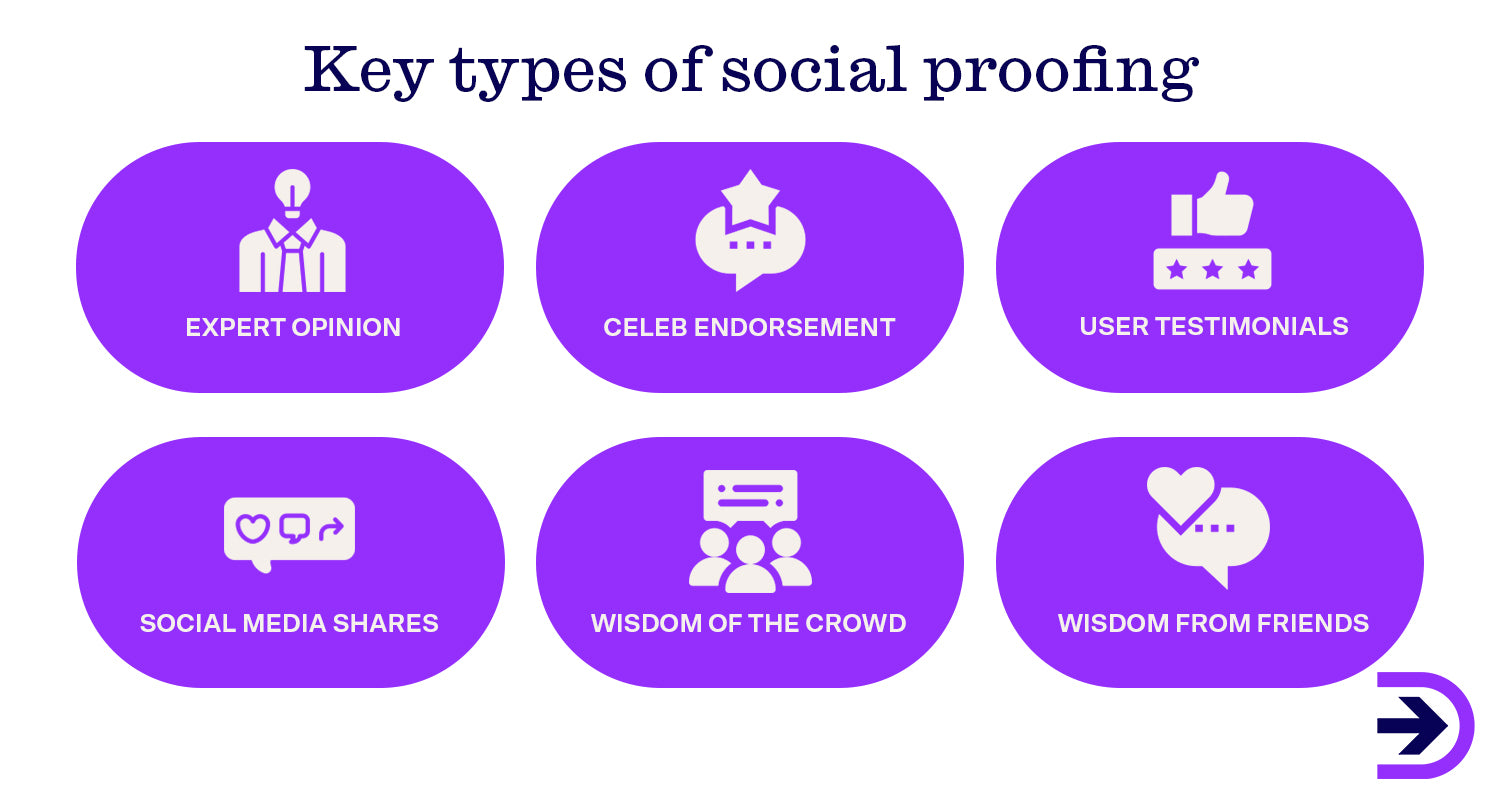
Lack of social proof
Social proof refers to a psychological phenomenon where people reflect the actions of others. In the case of ecommerce, this means people are more likely to buy from your business if they hear positive reviews from friends, family, coworkers or even influencers. 72 per cent of customers will only take action after reading a positive review, and customers are likely to spend 31 per cent more on a business that had excellent reviews. In another study, 30 per cent of consumers said influencer recommendations are a key factor in their purchasing decisions. There are several types of social proof including:
Expert opinion: When an industry leader endorses a product
Celebrity endorsement: A celebrity uses and promotes a product, usually on social media platforms.
User testimonials: This can include reviews, case studies or testimonials from anyone.
Social media shares: Your product or website is shared and liked over social media.
Wisdom of the crowds: Lots of people are endorsing the product, therefore others want to follow. Appeals to our sense of FOMO.
Wisdom of your friends: Recommendations from people we know and trust carry more weight than traditional advertising.
If your business is lacking reviews, if you’re not producing marketing material that is being seen, or if you’re not getting involved with social media platforms, influencers or affiliates, you may be lacking social proof, which will have an impact on your brand awareness.
All of these things can turn away potential customers and prevent you from converting.
What is a good ecommerce conversion rate?
The ideal conversion rate for your business depends on a number of factors, namely what you’re selling. Average ecommerce conversion rates vary considerably from industry to industry, and they also vary across ecommerce niches.

In a study of 70 ecommerce marketers, 64 per cent of them reported a conversion rate between 3 and 5 per cent. In another report by Unbounce, they found that the median conversion rate for ecommerce was 5.2 per cent across the industry. Within the industry, subscription boxes took the lead with a conversion rate of 8 per cent, while industrial tools came out the lowest at 2.4 per cent.
While these statistics can provide a great baseline for your business, you should always be improving ecommerce conversions month by month. Don’t just stop at the average - aim for continuous improvement and get the most out of your time and advertising dollars. Remember, like with most optimisation strategies, you won't improve conversions overnight, but a little time and effort will pay off.
How to calculate your ecommerce store’s conversion rate benchmark
Numbers-wise, your ecommerce conversion rate is the number of conversions divided by the number of visitors. For example, if your online store has 500 visitors and you make 55 sales, the conversion rate for your website would be 11%.
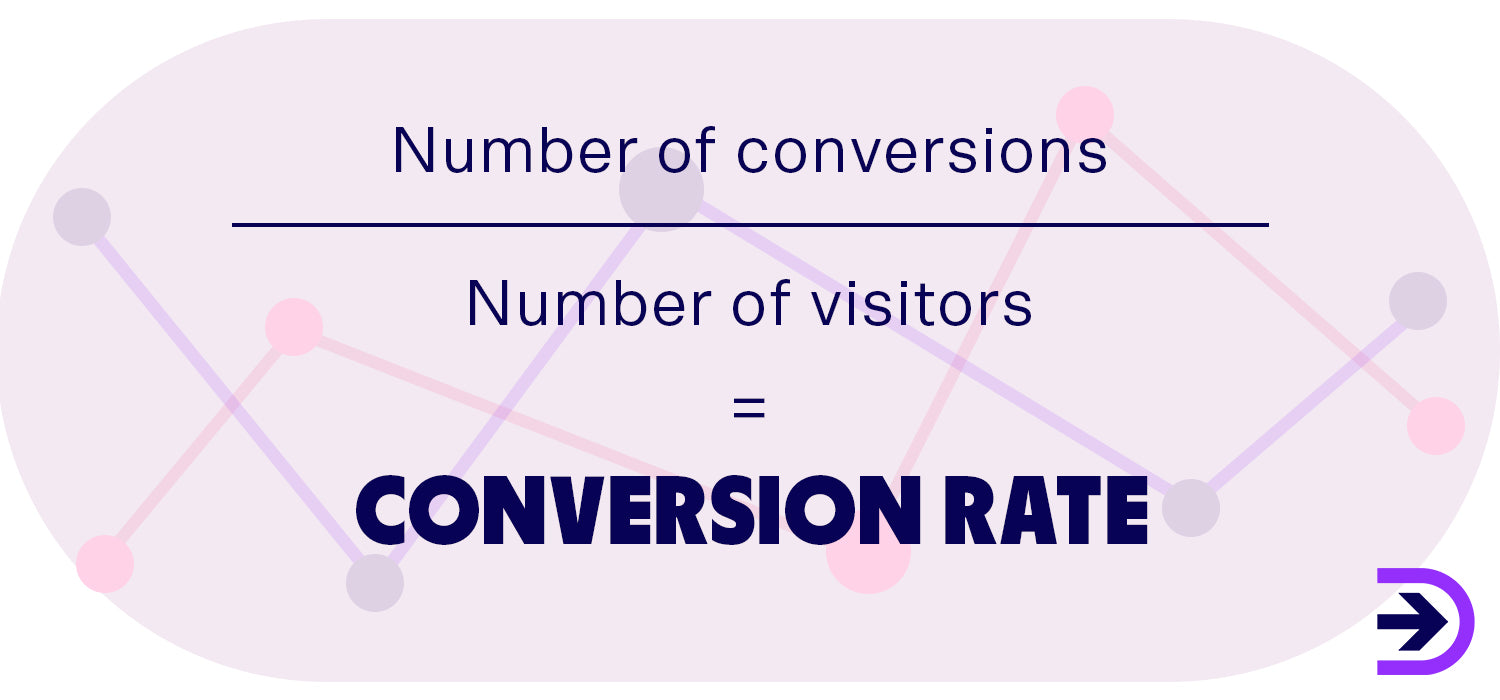
Compare this result to the industry average for whatever goal you are measuring. Comparatively, you can just compare against your last month’s performance - the best conversion rate benchmark is actually yourself.
15 strategies to boost conversions and increase your ecommerce conversion rate today
A/B testing
A/B testing, also known as split-testing, is a strategy where two different versions of a website are shown to different segments of visitors to determine which version drives your business goals. You’ll display a ‘control’ version of a website against the ‘variation’ website, with the winning website being the one that drives your conversion rates. You may do A/B testing for several different reasons and across several different trials - however, you can rest assured that every decision you make is backed up by data that you have procured yourself.
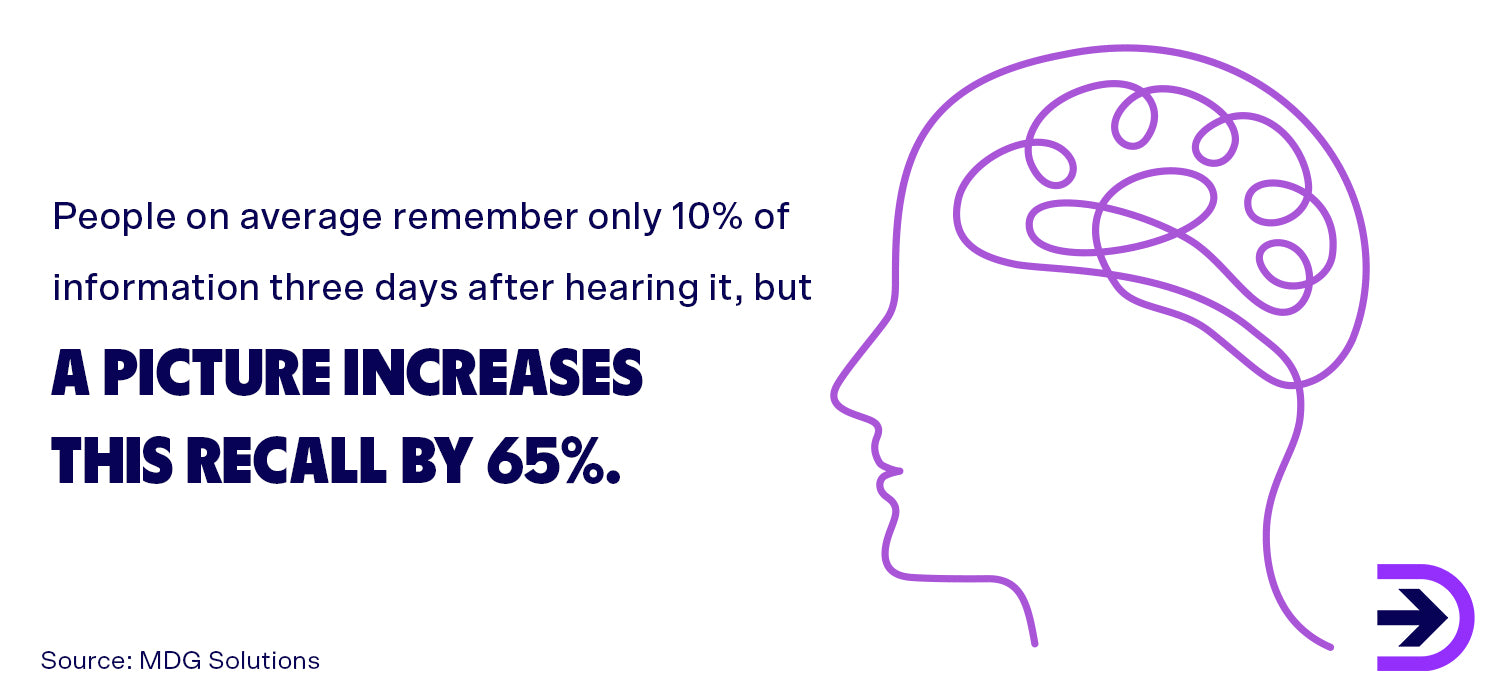
Use high-quality images and pictures on your site
High-quality images and video aren’t just important for aesthetic purposes - they make a huge difference when it comes to conversions. One of the fastest ways to attract audience attention and share information is through pictures and videos. They are easier to understand than text and more likely to be remembered - people on average remember only 10 per cent of information three days after hearing it, but a picture increases this recall by 65 per cent. Pairing text and images together is ideal when it comes to maintaining brand awareness. They are one of the first impressions a visitor will have of your website, so they should be clear and high-quality. Quality photos and videos also increase your credibility, as they are proof you have a high-quality product that looks great. Encouraging customers to add photos and videos to their reviews or social media pages is also a great way to gain social proof. Finally, your image quality is one of the many aspects of your website that will affect SEO, as Google prefers sites with lots of relevant and quality images and videos.
Optimize for mobile
Make sure your site is fully optimised for mobile. Google has a handy mobile-friendly test site that will help determine if your site is usable on mobile devices. Depending on your selling platform, you can use mobile-friendly themes and plugins. Continuously work on improving your site speed and loading times - a slow website is a conversion killer. Make sure you redesign your pop-ups to work on smaller mobile screens. You could even develop your own mobile application specifically for your business. Whatever you do, make sure mobile optimisation is a high priority.
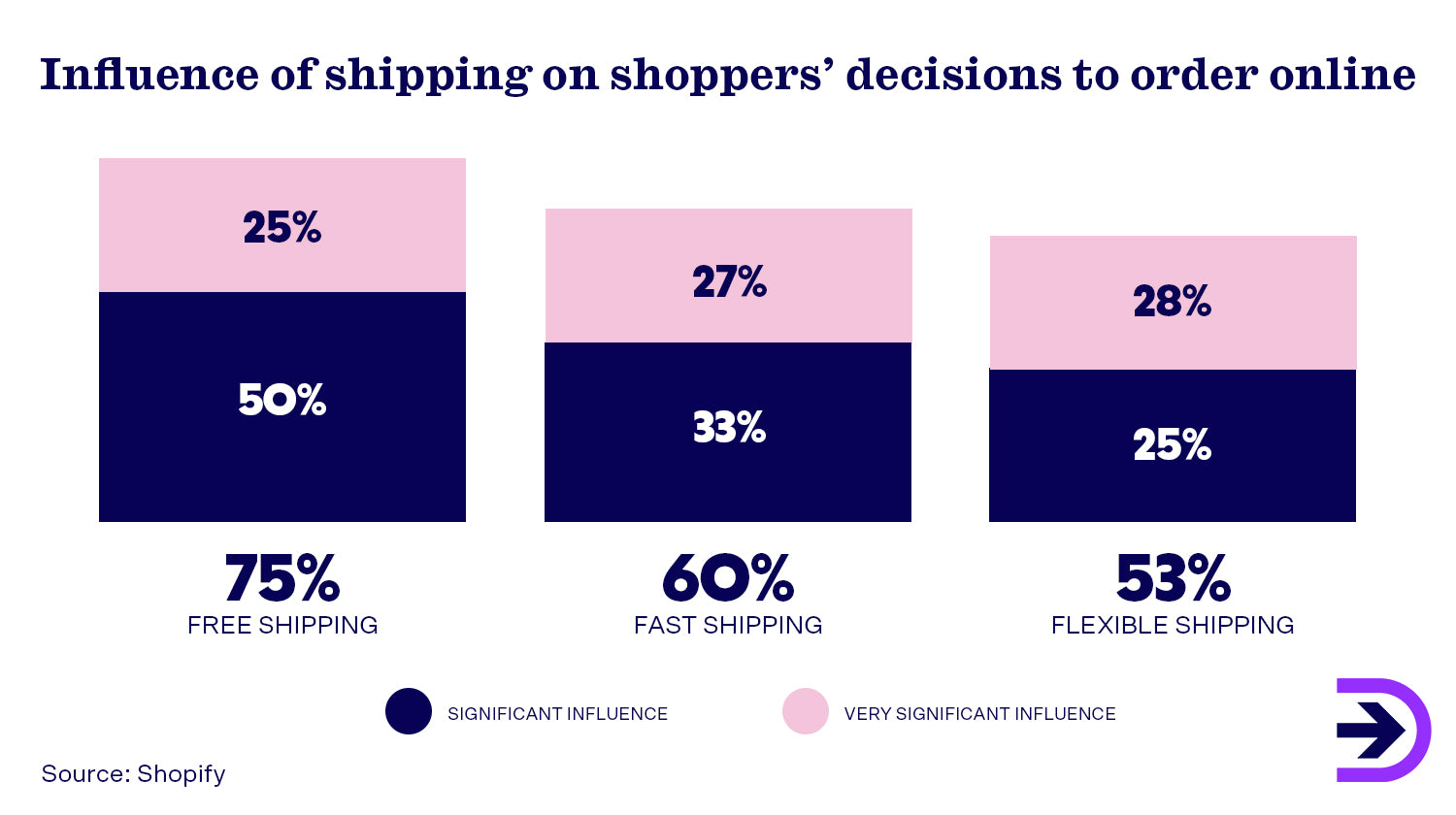
Offer free shipping
Did you know that free shipping has a significant impact on purchasing for 75 per cent of global consumers? Despite supply chain issues over the last two years, customers expect world-class service from every ecommerce business, and this includes shipping their purchases reliably, fast and free. Free shipping is no longer just a perk, but a part of doing business. While it may seem like a daunting task that will drive down profit margins, there are many ways you can provide free shipping that will not only keep you within budget but help your conversion rates grow as much as 20 per cent. For more information on adding free shipping to your online business, check out our blog How To Apply the Free Shipping Model: All you Need to Know.
Provide a variety of discounts
Free shipping is not the only discount you should be considering for your online business. 86 per cent of Australian shoppers prefer to shop using discounts and coupons that they have. With a coupon code or other immediate offer, a ‘maybe’ purchase can become an enthusiastic ‘yes!’. First-time customers can be persuaded to sign up for your mailing list in exchange for a coupon code, free or discounted shipping. You can encourage upselling from your product pages or offer deals for reaching a certain dollar amount. You can even follow up with customers after purchase to offer coupons, subscriptions, abandoned cart emails, and comeback discounts.
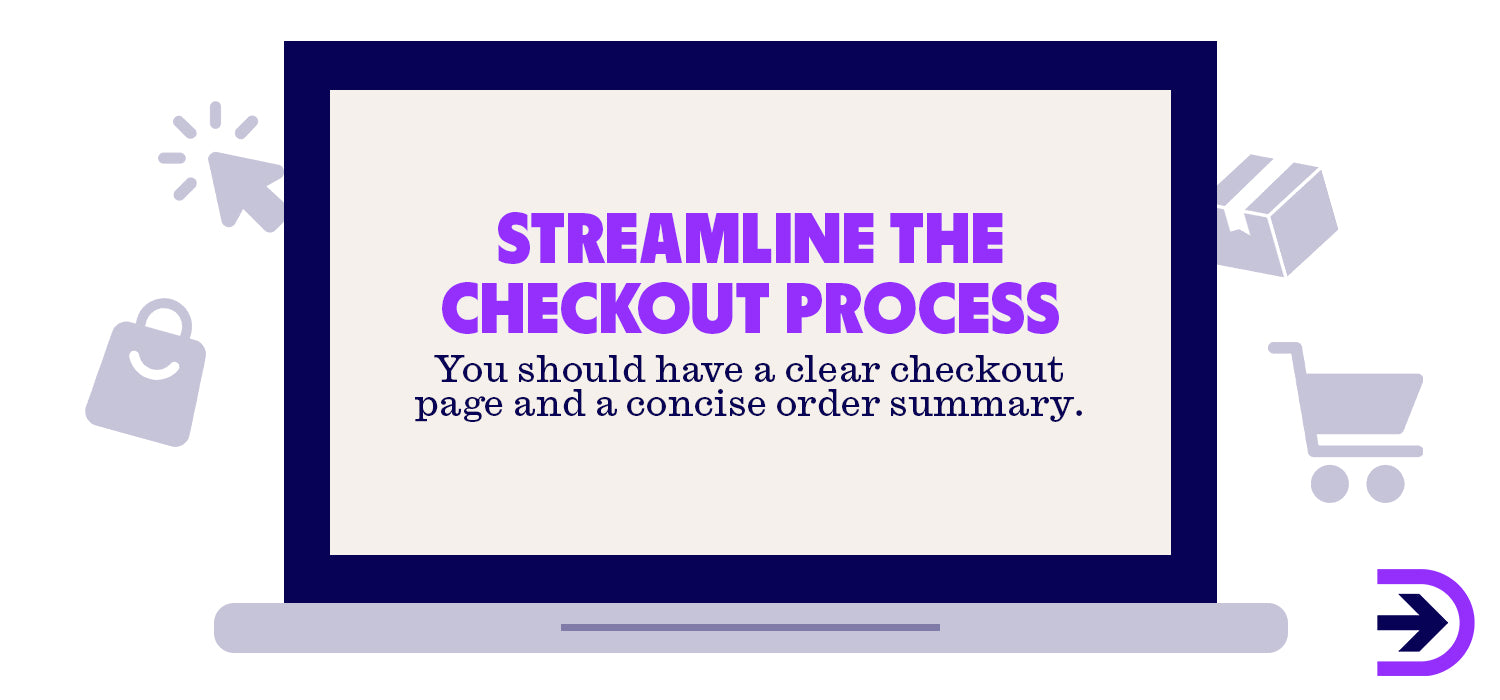
Streamline and optimise your checkout process
Customers want their purchasing journey to be quick and easy, and so do businesses. A quick checkout process means customers are less likely to feel overwhelmed with information, to change their mind midway through purchase, or get distracted. You should have a clear and consistent checkout page and an order summary that contains key product information, delivery options and payment methods. It should also provide a clear breakdown of costs so customers know exactly what they’re paying for.
There are lots of other ways you can streamline the checkout process. Two-step checkout systems reduce the number of clicks needed before purchase, enabling super-fast checkout. Save customers time by saving their data, enabling quick sign-in for future purchases. You can also allow guest checkout. While it may seem counterintuitive, many shoppers are turned off by the idea that they have to sign up for a website before purchasing from them. By allowing guest checkout and offering sign-up at a later date, possibly in a post-purchase email, you give them control over their shopping experience. Keeping account creation optional has shown a 10-30 per cent increase in conversions.
These are just some of the ways you can streamline the checkout process and make your next customer's buying journey easy and seamless from start to finish.

Re-engage with cart abandonment
Cart abandonment is one of the biggest challenges when it comes to selling online. In fact, 69.57 per cent of shopping carts are abandoned before a sale is completed, with mobile devices having the highest abandonment rate at 85.65 per cent. Figuring out why carts are being abandoned will help your business immensely. Common reasons include:
-
Extra costs (including shipping)
-
Account signup required
-
Unclear total costs
-
Slow delivery times
Luckily, you don’t always need to overhaul your business to get customers to come back. Sometimes all they need is a gentle nudge in the right direction, which can be accomplished with cart abandonment emails. Remind customers why they wanted to buy from you in the first place by showing them the items left in their cart and including a call to action. You may want to try and upsell or cross-promote other products, or offer incentives such as free shipping or discount codes. Cart abandonment emails have a conversion rate of roughly 10 per cent or more.
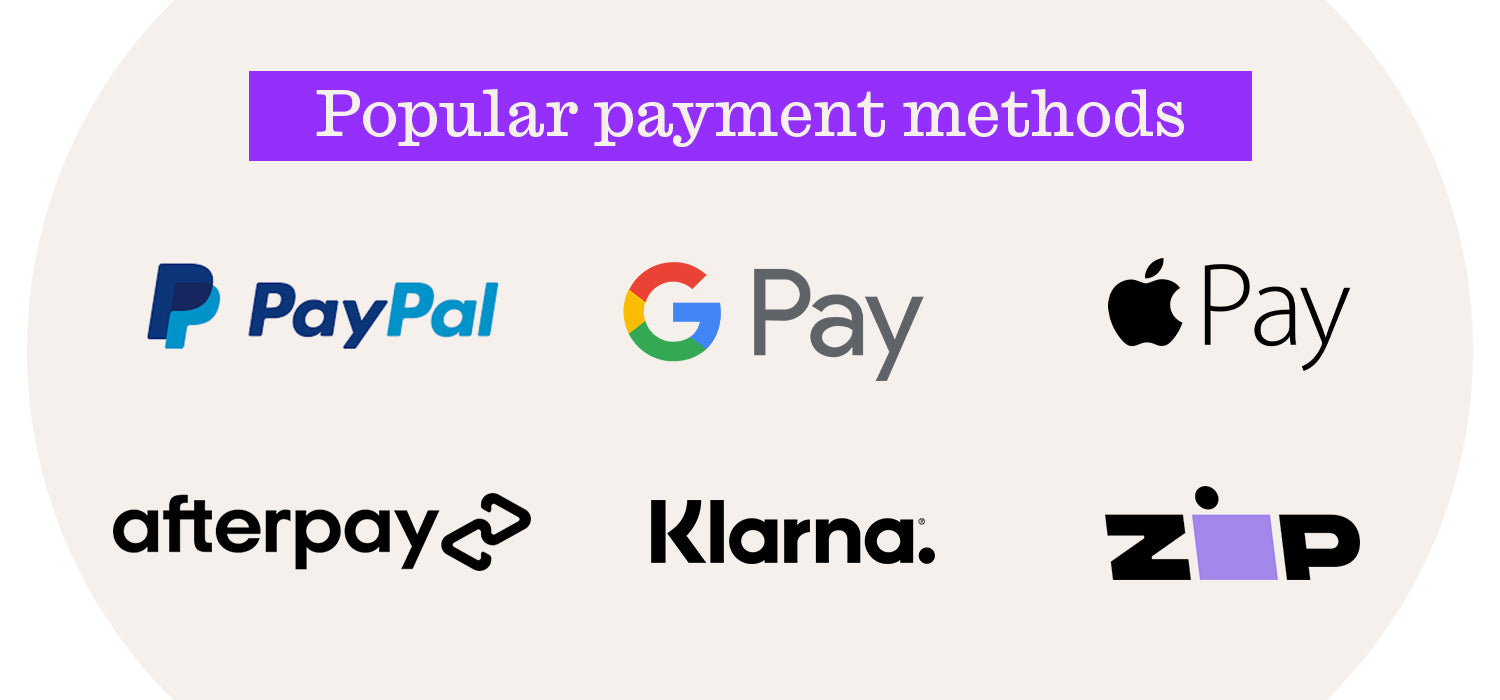
Support multiple payment options
Another way to make the shopping experience smoother for customers is to provide multiple payment methods. There are hundreds of payment methods available, but you only need to provide the top three methods of payment for your area or industry to increase conversions by up to 30 per cent. Popular payment methods include credit and debit cards, Paypal, Apple Pay and buy-now-pay-later services such as Afterpay.
Improve your customer service experience with chatbots and live chat
The goal of a chatbot is to help prospective customers enter your marketing funnel. They provide a quick and easy way to solve customers’ problems in a way that is personalised, instant and easy to use. They use interfaces similar to instant messaging, making it intuitive for many users. If a customer’s query can’t be answered in chat, they can be transferred to the live chat function. Consider it like an interactive FAQ that will instantly point your customers where they want to go. As we know, the quicker we can get customers to the checkout page, the better!
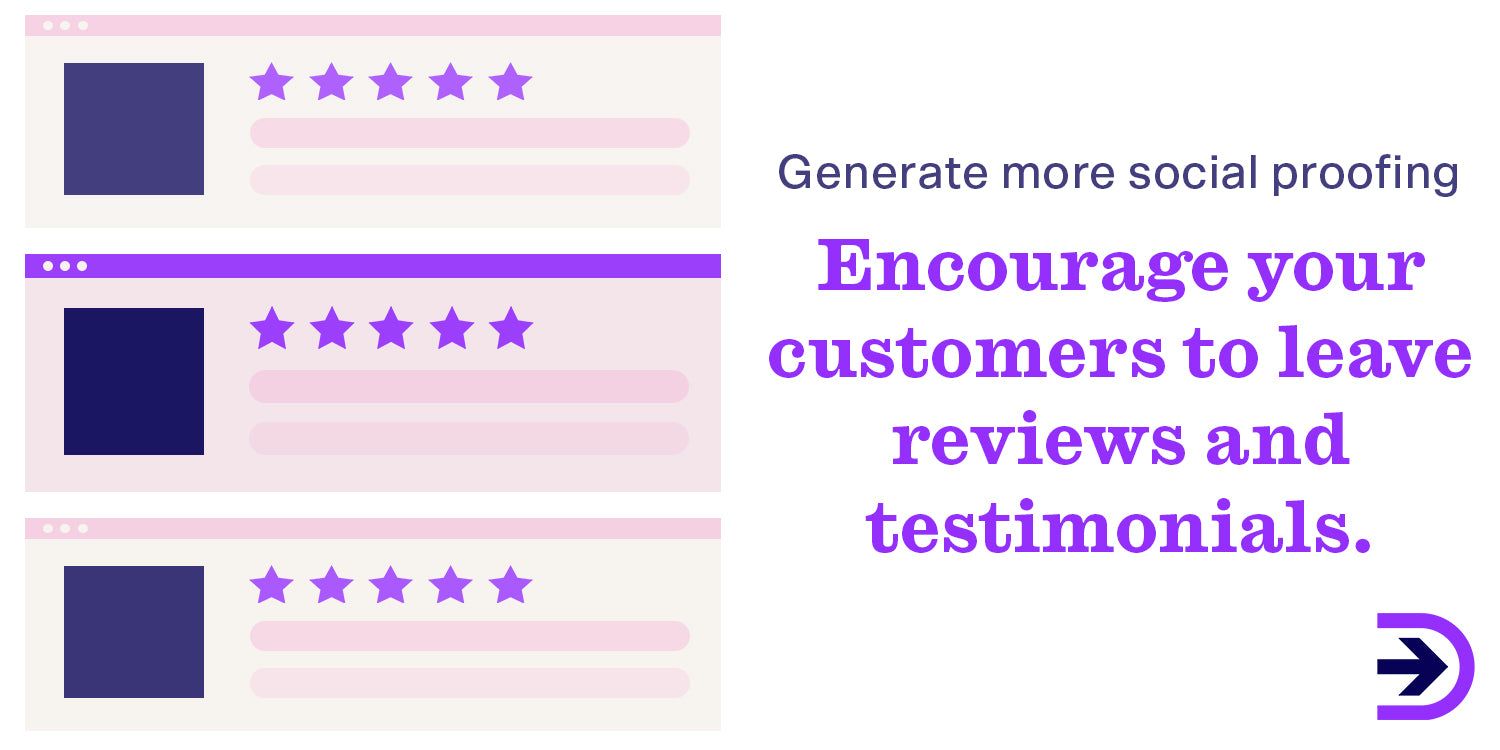
Encourage customer reviews and publish testimonials
In order to generate social proof, you have to be social! Encourage your customers to leave reviews and testimonials. Get involved with affiliate marketing or influencer marketing so you can reach new and similar audiences. Finally, make sure you engage with social media on multiple platforms, including comments.
Have a great returns policy
Having a clear and easy returns policy will help you seem more credible and reliable in the eyes of your consumers. They want to know that if something goes wrong with their purchase, they can rely on you to fix the problem. This is especially the case with high-ticket items. List all the conditions of returns upfront and clarify each step of the return process. Depending on the product, you may choose to offer store credit instead of a cash refund, which will save you money and turn the customer back to your store. Encourage customers that had a positive refund experience to leave a review - this will show you honour your returns policy and make shoppers even more eager to take out their wallets.
Send traffic to a dedicated landing page
Landing pages are web pages with a specific purpose: to persuade visitors to act on an offer. Landing pages are often used to collect customer information in exchange for something valuable. This could be a coupon, ebook, tutorial, demo or consultation. Ecommerce landing pages may have the purpose of getting visitors to click a CTA button, for example, “Buy now!” or “Choose your package!”. The end goal of a landing page is to get conversions. The best landing pages include eye-catching pictures and videos, snappy content, clear text, an attention-grabbing CTA and great testimonials. You should also tailor your landing pages to specific sources. Did they come from an email campaign, search results, or a social media ad? Your landing page should be specific to those targeted customers. You can even create landing pages that are localised to specific cities and suburbs.
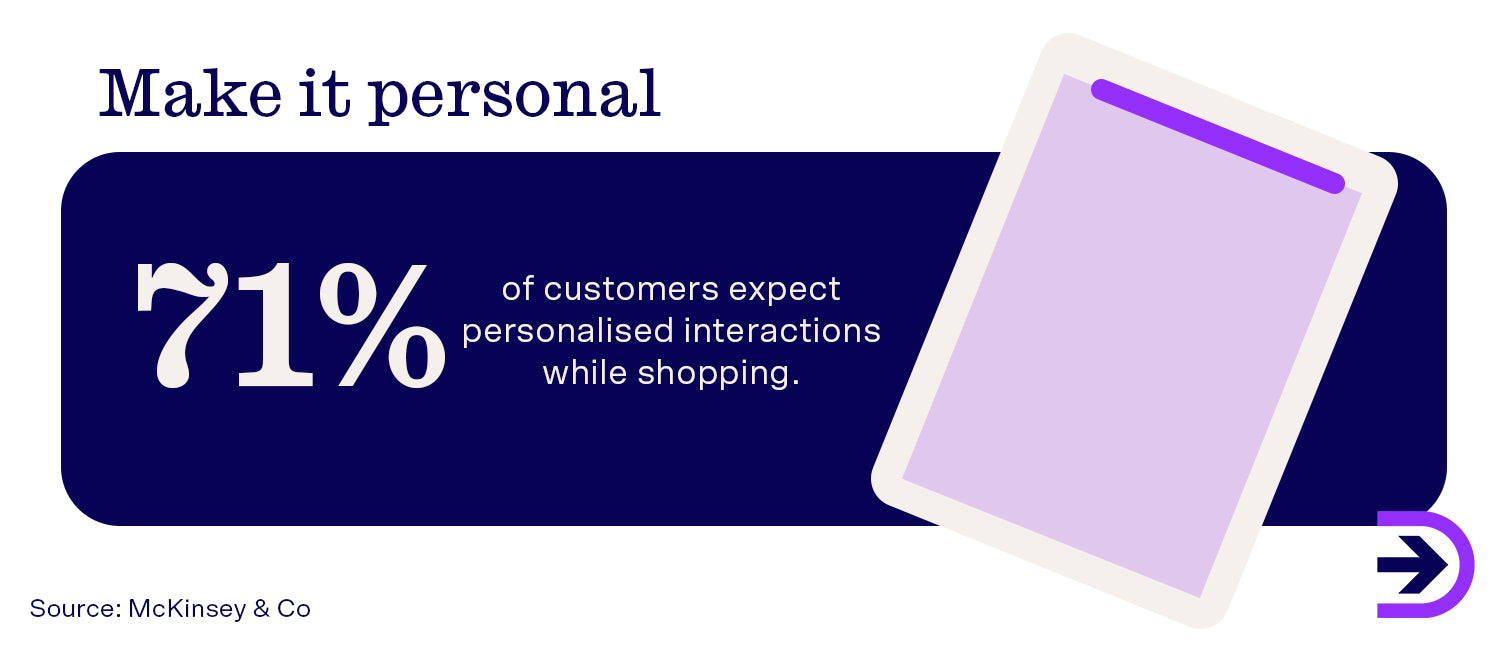
Personalise the shopping experience
Consumers love a personal touch. In fact, 71 per cent of customers expect personalised interactions while shopping. Whether you’re offering personalised product recommendations based on previous purchases or using quizzes to determine a customer’s exact shopping needs, your business will benefit from getting personal: companies that excel at personalisation generate 40 per cent more revenue than those that don’t. Personalisation directly influences buying behaviour across the customer life cycle - they are more likely to purchase, repurchase and recommend your company and products to friends and family. It’s easy to compete in terms of prices or products, but to thrive in today’s global marketplace the real way to stand out is through personalised experiences.
You can implement personalisation in several ways by using third-party widgets, apps, plugins and cookies. The data gathered by these apps and services can be used to:
Show recently viewed and related items.
Show targeted pages based on location and language.
Offer discounts for significant events such as birthdays.
Other ways to provide a personalised customer experience is to provide content relevant to individual customers: product-specific videos and tutorials, relatable customer testimonials, and social media reels.
Make navigation easy
As part of site optimization, you should make sure your website is easy to navigate. Visitors who can’t find what they’re looking for are more likely to get frustrated, leading to higher bounce rates and lower conversion rates. Can you easily find what you’re looking for on your website, even if it’s for a more obscure product? Is your navigation friendly for desktop and mobile users? Have you placed your navigation options somewhere that is easy to see? Your problem may even be as simple as changing the colour of the navigation text.
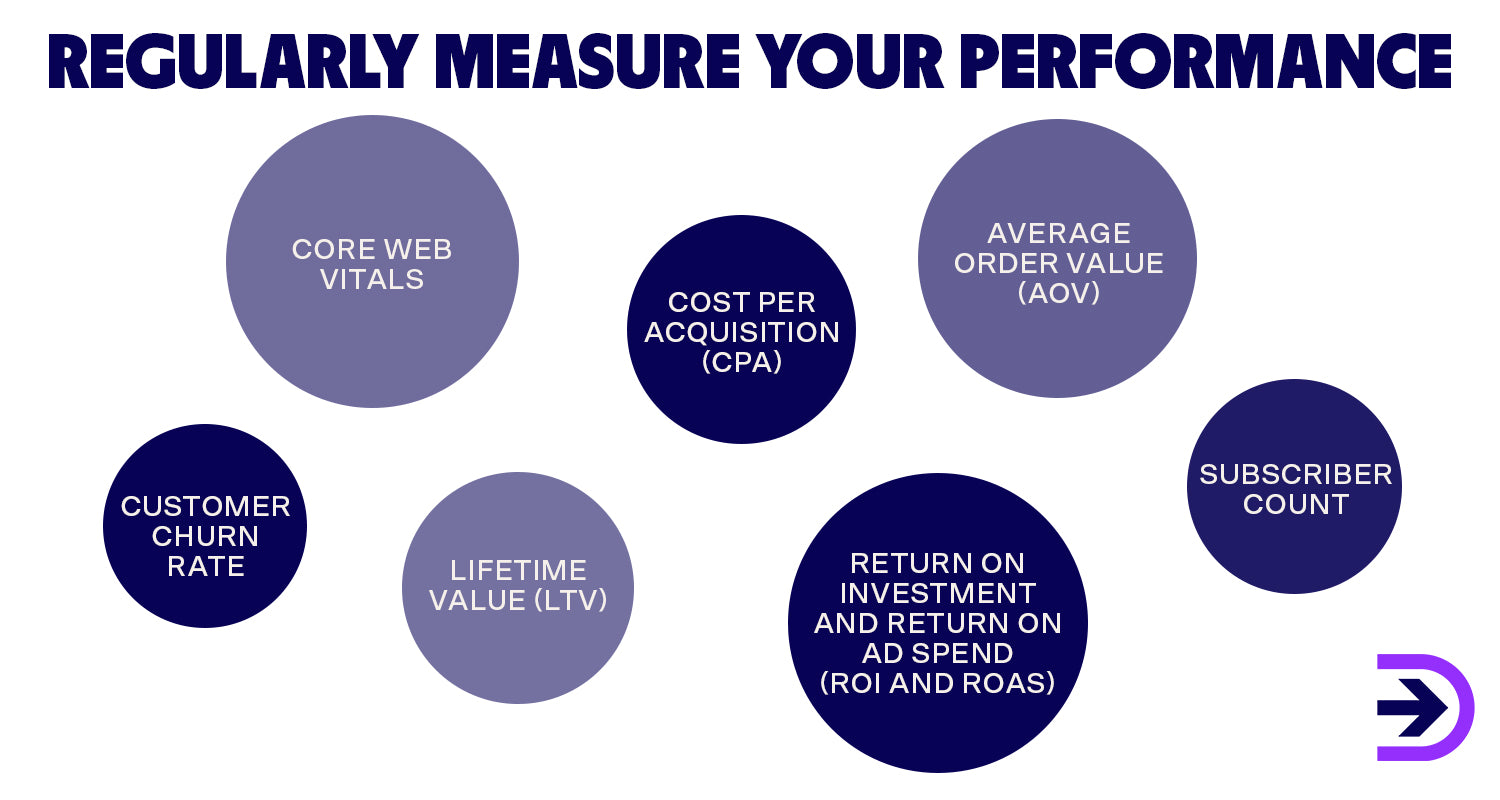
Regularly measure your performance
No matter what you do to improve your conversion rate, none of it will matter if you are not regularly managing your performance. Aside from your month-to-month conversion rates, you should be tracking:
-
Core Web Vitals
-
Cost Per Acquisition (CPA)
-
Average Order Value (AOV)
-
Customer Churn Rate
-
Lifetime Value (LTV)
-
Return on Investment and Return on Ad Spend (ROI and ROAS)
-
Subscriber count (whether for social media, loyalty programs or email)
By keeping on top of these key statistics for your website, you should have no problems keeping on top of your web performance and keeping those conversion rates climbing.

Google Analytics is one tool that you can use to track performance. This software is used for SEO and marketing and can help measure ROI on Google Ad spend, track the effectiveness of marketing campaigns, provide visitor insights and determine trends. It can also be integrated with a host of other products such as Google Search Console to gain valuable insights into your site, customer behaviour, and marketing performance. You can find out more about Google Analytics here.
Summary
Conversion rates are one of the most useful metrics available when measuring your ecommerce website's performance and marketing. By following these strategies, you’ll see real improvements in your store that you will translate into real sales. For everything else, you can rely on Dropshipzone. With an easy-to-use platform that can help start your business in a matter of minutes and a specialised team of customer support experts ready to assist you, you’ll be making conversions in no time at all.
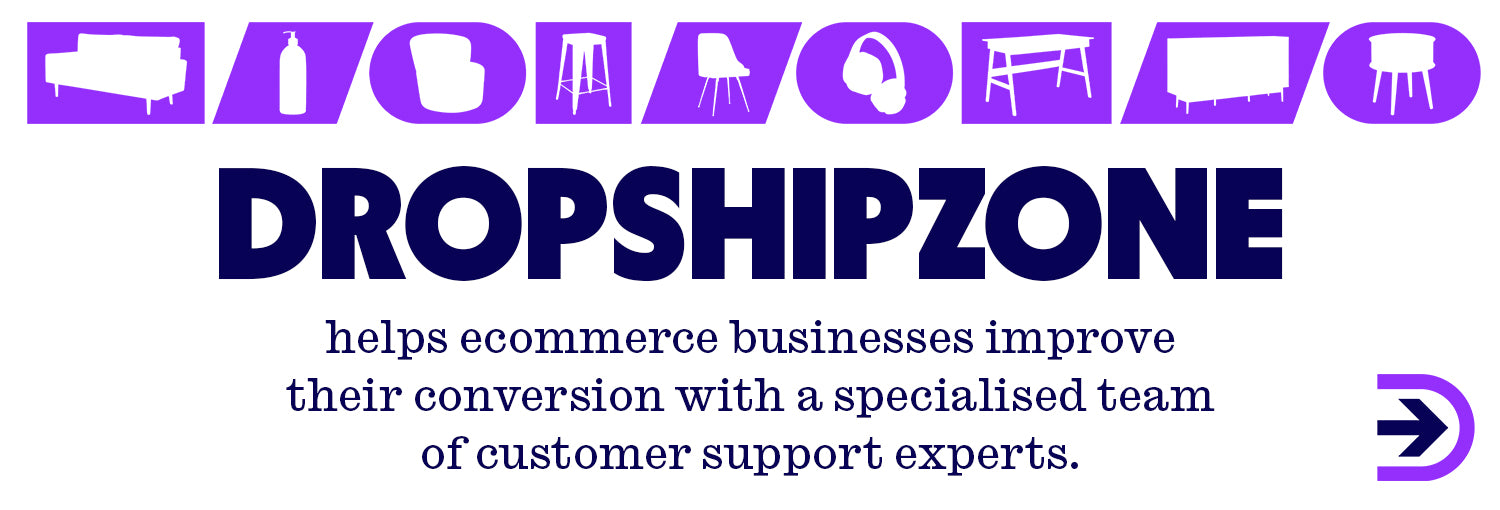
FAQs about CRO
What is conversion rate optimisation (CRO)?
Conversion rate optimisation (CRO) is the process of optimising a website, webpage or app to encourage visitors to complete a specific action, usually to buy a product or subscribe to a service or mailing list.
The purpose of CRO is to turn visitors to your ecommerce website into paying customers or leads. Implementing CRO strategies will help you increase profits, increase return on investments (ROI), build better customer relationships and improve the user experience on your ecommerce site.
How does CRO compare to Search Engine Optimisation (SEO)?
CRO is about improving the shopping experience to turn visitors to your ecommerce site into paying customers.
The purpose of SEO is to improve your ecommerce website in a way that makes it perform better on search engines. This exposes your store to more people, which means more online shoppers on your landing pages.
While many of the strategies for SEO and CRO are similar (such as improving your site’s UX design), SEO helps get visitors to your website while CRO encourages them to perform a specific action while they are there.
You can read more about dropshipping and SEO on our blog How To Use SEM and SEO to Grow Your Ecommerce Business.
What is the average conversion rate?
The average conversion rate varies considerably from industry to industry, with restaurants and catering companies seeing the highest rates and agencies seeing the lowest according to a study by Unbounce. In the same study, median ecommerce conversion rates for ecommerce businesses sit at about 5.2 per cent. Ultimately, ideal ecommerce conversion rates for your business should sit at a rate that is higher than your previous month’s performance.

